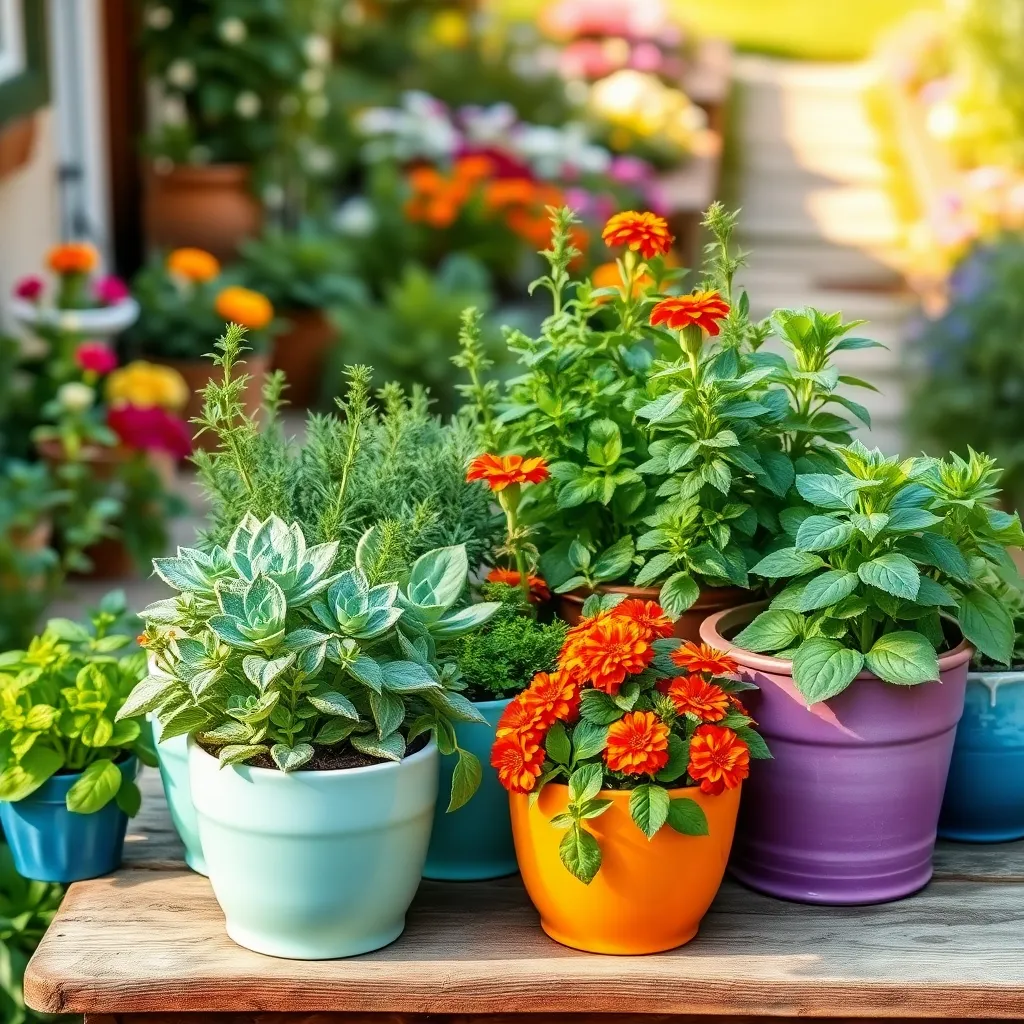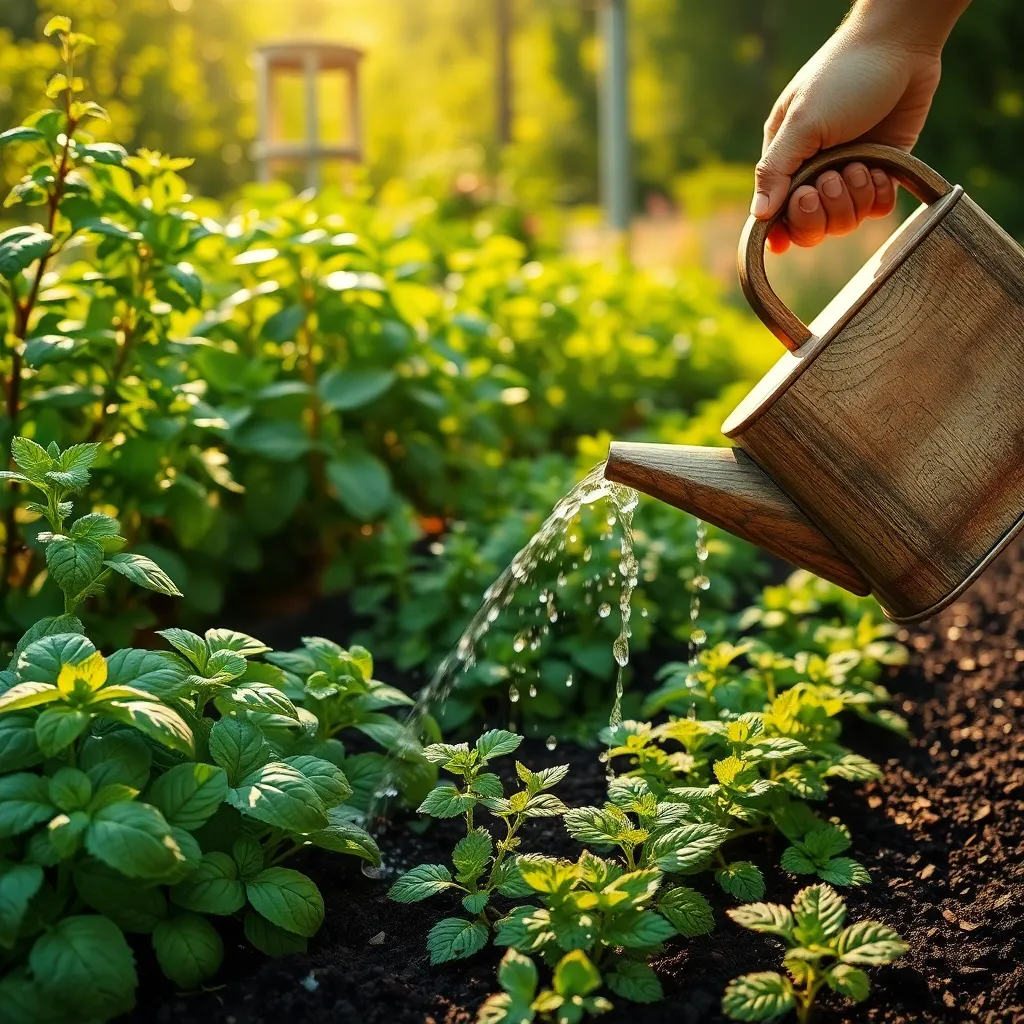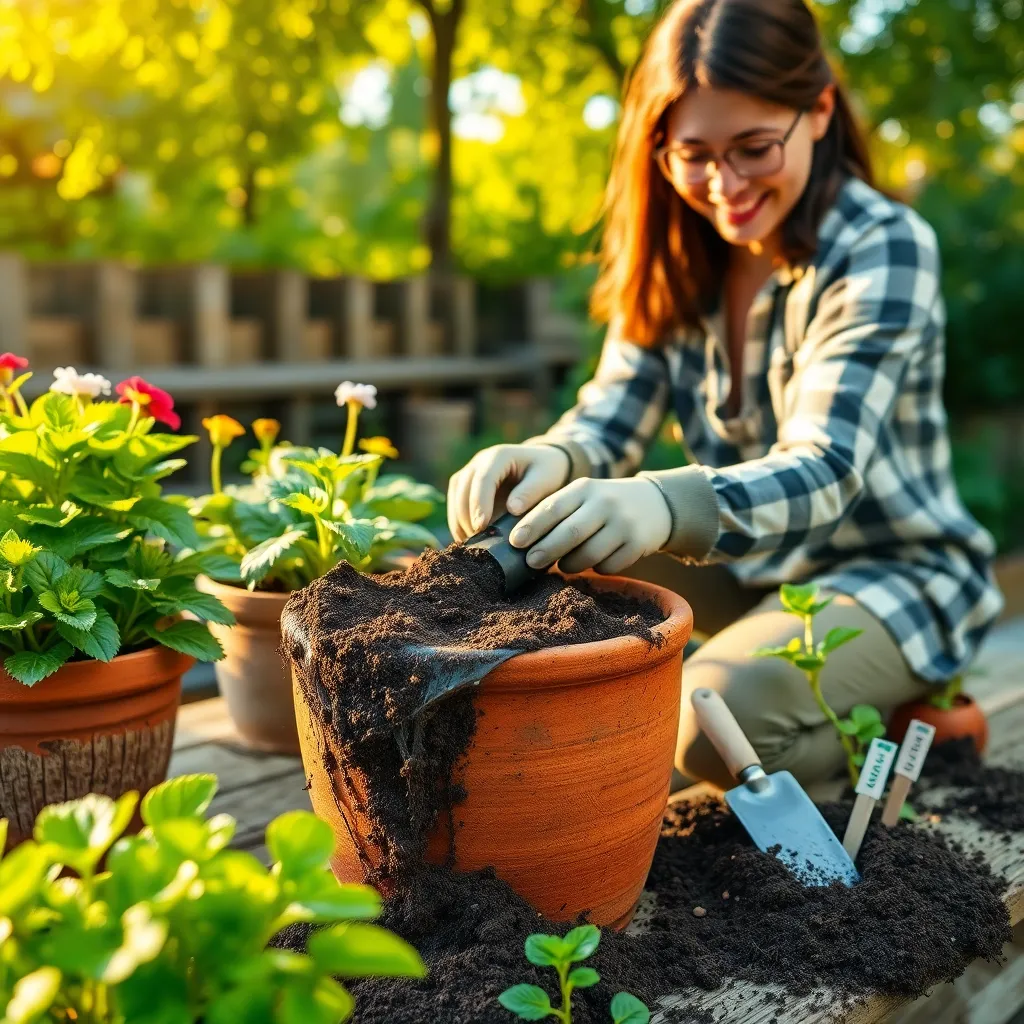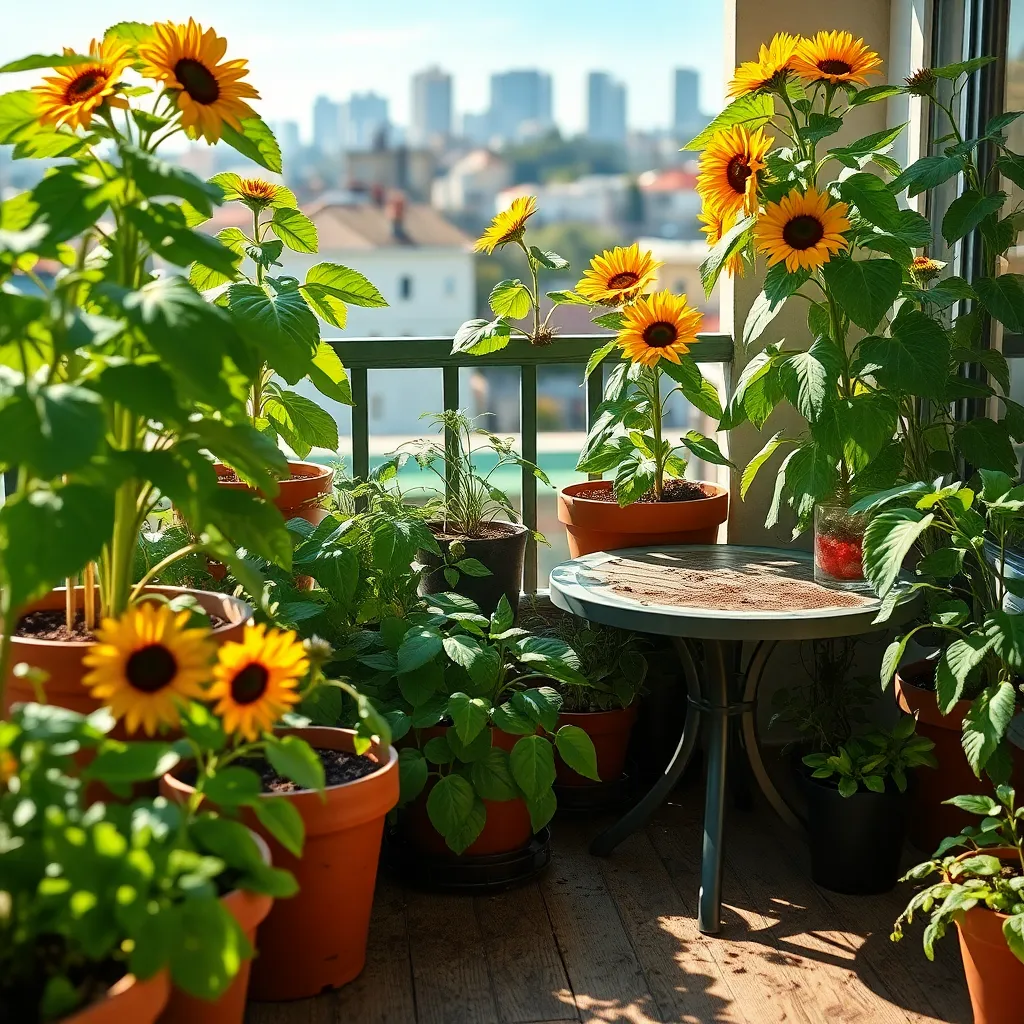Welcome to the world of indoor gardening, where the simple joys of nurturing plants can turn any corner of your home into a vibrant oasis. Whether you’re a curious beginner ready to embark on your first green adventure or a seasoned gardener looking to refine your skills, “Simple Plant Care Tips for Beginners” offers a treasure trove of insights to help your plants thrive.
This guide is packed with invaluable information on easy-to-care-for indoor plants that promise to fit seamlessly into your lifestyle. By mastering these straightforward techniques, you’ll not only boost your confidence but also enjoy the myriad benefits of having healthy, thriving plants, from improved air quality to a serene, inviting space.
Dive in and discover how a little green love can cultivate immense satisfaction and joy. With each tip and trick, you’ll feel empowered to create your own lush haven, reaping the rewards of a flourishing indoor garden that mirrors your care and dedication.
Choose Easy-to-Grow Plants

When starting your gardening journey, selecting easy-to-grow plants can boost your confidence and enjoyment. These plants thrive with minimal care and adapt well to a variety of conditions, making them perfect for beginners.
Succulents are a fantastic choice because they require little water and can thrive in various lighting conditions. Place them in a sunny spot and water sparingly, allowing the soil to dry out completely between waterings.
Another beginner-friendly option is the spider plant, which is known for its resilience and air-purifying qualities. It prefers well-draining soil and indirect sunlight, needing water only when the top inch of soil feels dry.
Herbs like basil, mint, and rosemary are not only easy to grow but also useful in the kitchen. Plant them in a sunny spot with well-draining soil and water them regularly to keep the soil moist but not soggy.
Water Plants Consistently and Properly

Watering your plants consistently and properly is crucial for their growth and health. It’s important to remember that different plants have different water needs, so understanding these requirements is the first step to success.
Observe your plants regularly to determine their specific watering needs. A simple rule of thumb is to allow the top inch of soil to dry out between waterings for most houseplants.
Use your finger to check soil moisture; if it feels dry, it’s time to water. For outdoor plants, consider the climate and recent rainfall to adjust your watering schedule accordingly.
For a more advanced approach, use a moisture meter to get precise readings of soil moisture levels. This can help prevent overwatering, which is a common mistake that leads to root rot.
Consider watering early in the morning or late in the afternoon to reduce evaporation and ensure the roots absorb more water. For container plants, ensure the pots have drainage holes to allow excess water to escape, preventing waterlogged soil.
Use Quality Potting Soil

Choosing the right potting soil is crucial for your plants’ health and growth. Quality potting soil provides the necessary nutrients, good drainage, and aeration needed for plants to thrive.
When selecting potting soil, opt for a mix that includes components like peat moss, vermiculite, and perlite. These ingredients help retain moisture while ensuring excess water drains away, preventing root rot.
Consider the specific needs of your plants, as some may require specialized soils. For example, cacti and succulents do well in a soil mix with extra sand to promote fast drainage.
For beginners, using a pre-mixed potting soil from a reputable brand can simplify the process. If you’re feeling adventurous, you can create your own blend by mixing equal parts peat moss, perlite, and compost.
Place in Optimal Sunlight

Understanding the sunlight needs of your plants is crucial for their health and growth. Most plants fall into one of three categories: full sun, partial shade, or full shade.
For beginners, a simple way to determine your plant’s sunlight preference is by checking the plant tag or doing a quick online search. Full sun plants require at least six hours of direct sunlight per day, while partial shade plants thrive with three to six hours of sunlight, ideally in the morning.
When positioning your plants, observe how sunlight moves across your garden throughout the day. This will help you find the best spots for your sun-loving or shade-preferring plants. Always consider the seasonal changes in sunlight patterns, as the sun’s angle can significantly alter the exposure over different months.
For more advanced tips, consider using a sunlight meter to gauge the exact amount of light your garden receives. This tool provides detailed information, allowing you to optimize plant placement for maximum growth. Additionally, if you’re dealing with limited natural light, consider using grow lights to supplement sunlight, especially for indoor plants.
Prune Regularly for Healthy Growth

Regular pruning is essential for maintaining the health and shape of your plants. By removing dead or diseased branches, you can prevent the spread of pests and diseases, ensuring your plants stay robust and thriving.
To start, use clean, sharp pruning shears to make precise cuts just above a node or bud. This encourages new growth and helps the plant focus its energy on producing healthy, strong branches.
Different plants have varying pruning needs, so it’s important to learn the specific requirements of each one. For example, roses benefit from an annual heavy prune in late winter, while fruit trees like apple trees require a more strategic approach to develop a balanced shape.
For beginners, begin with simple tasks like removing spent flowers or cutting back leggy growth. As you gain confidence, gradually tackle more complex pruning tasks, such as shaping shrubs or thinning dense tree canopies.
Conclusion: Growing Success with These Plants
In this journey through ‘Simple Plant Care Tips for Beginners,’ we’ve explored five key relationship concepts: nurturing through consistent care, understanding individual needs for growth, the importance of communication akin to observing signs of distress, fostering an environment conducive to flourishing, and the patience required as relationships, like plants, evolve over time. These foundational insights are not just about developing green thumbs but about cultivating lasting, meaningful connections.
As an actionable next step, why not choose one relationship in your life to apply these nurturing principles today? Whether it’s a friendship, family bond, or romantic partnership, start with a small gesture of care and attention.
Remember, like a well-tended plant, relationships grow stronger with regular care and commitment. Bookmark this article now to have these valuable tips at your fingertips whenever you need a gentle reminder of the nurturing power you hold.
Embrace the journey with optimism, knowing that with mindfulness and dedication, the seeds of strong and resilient relationships are sown today, blossoming into success tomorrow. Save this guide, and watch your relationships thrive!

